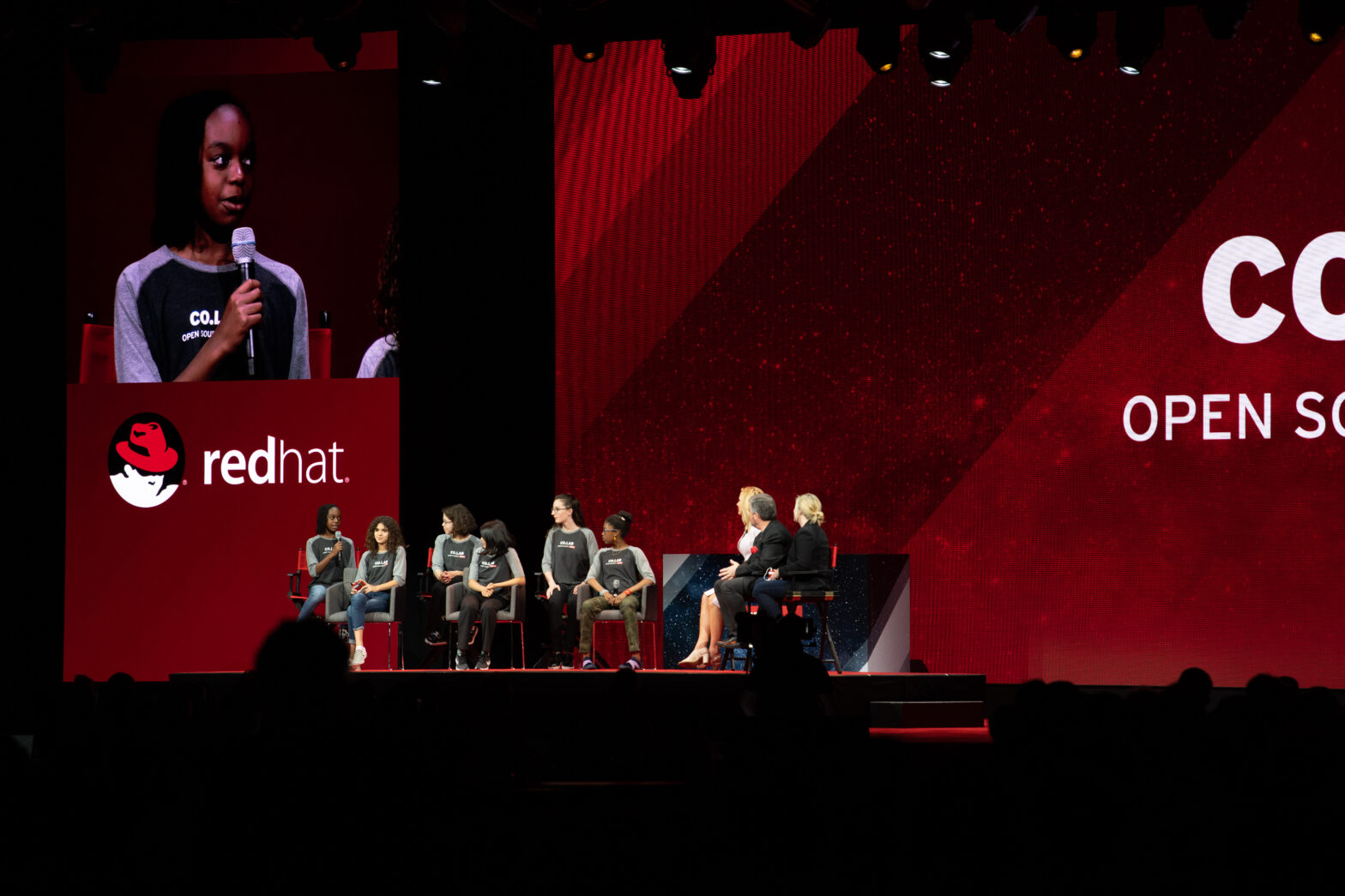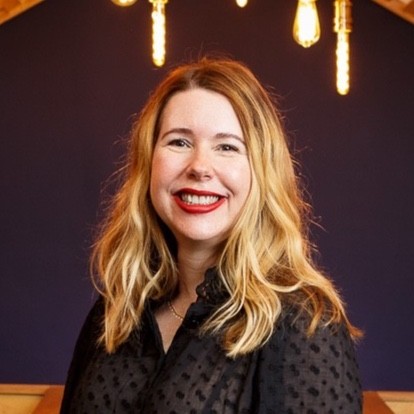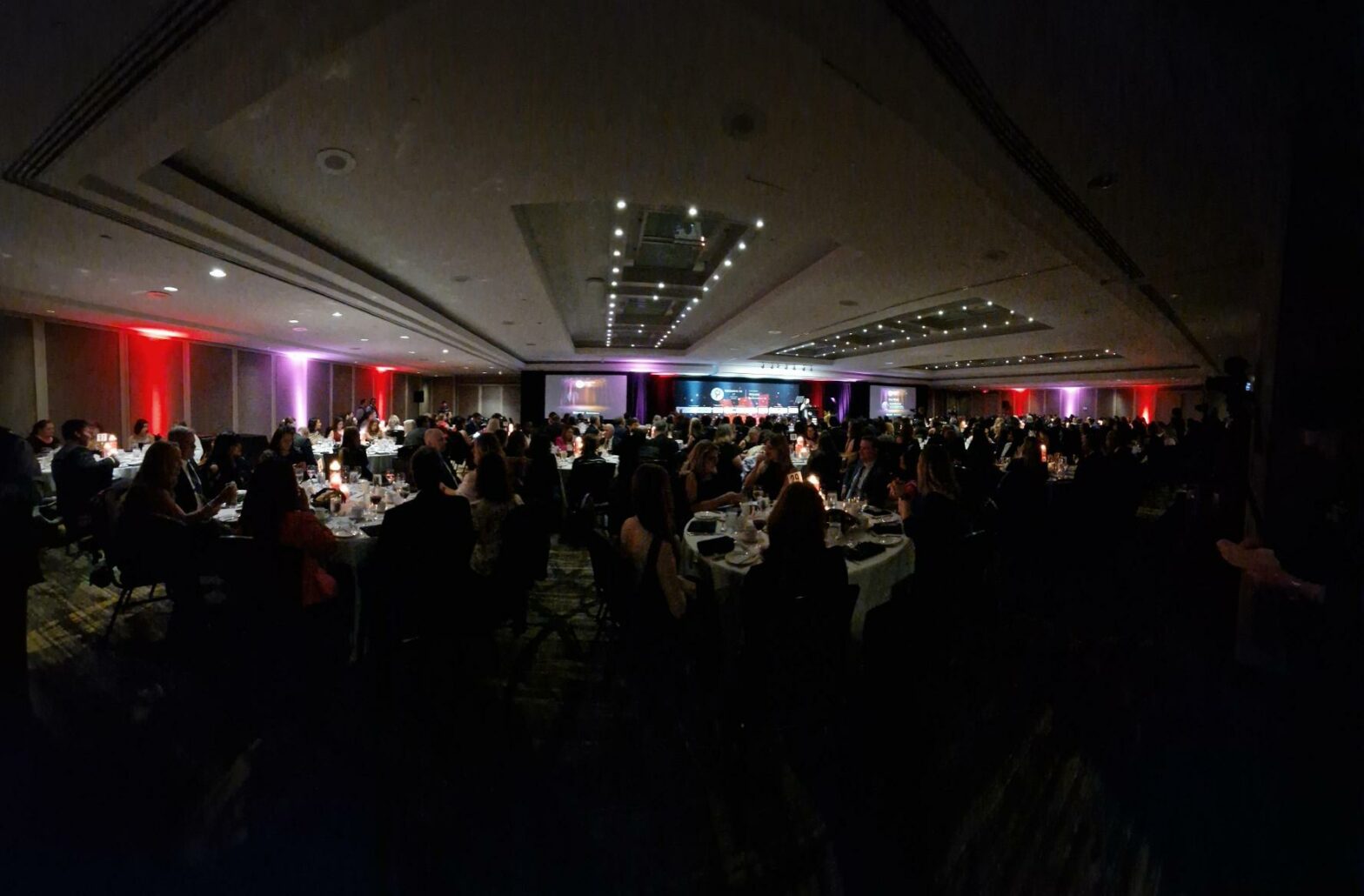Featuring Red Hat’s Women in Open Source Award winners – Dana Lewis and Zui Dighe – DeLisa Alexander, executive vice president and chief people officer at Red Hat and Justine Whitley from Macquarie Bank, the women in tech panel at Red Hat Summit discussed the positives and negatives of working in a male-dominated field, shared personal experiences, provided advice for the next generation and discussed what the industry can do to become more inclusive for women.

A significant challenge
Increasing the number of women in technology positions is a significant challenge, but a necessary one. Technology is becoming almost an extension of how people live their lives. It is crucial, therefore, for women to be part of the conversation as it affects everyone. “If half the population is not involved in this industry, it is simply not sustainable,” said Alexander.
>See also: The value of gender diversity is seen as critical to business success
Open source is a particularly powerful tool, empowering women (and everyone else) to engage with technology and move ideas forward.
There are women doing this work in technology, but they are not recognised. “If we don’t recognise them it’s difficult for other women to get enthused – it doesn’t count,” said Lewis.
The problem of the gender gap is complex, and won’t be fixed by a silver bullet. However, many institutions, companies and people are concerned and passionate about solving it as a society.

Encouraging the younger generation
One of the biggest challenges in improving levels of gender diversity in tech, is to get more girls interested in STEM subjects and in pursuing a future career in technology.
“You have to link to what they are interested in and make it relatable,” explained Lewis. There is a willingness to learn if it can be set in a context that a young girl will find interesting.
>See also: How to achieve diversity and inclusivity within the office environment
“There also needs to be more coverage of what’s out there for women who want to take their ideas forward,” said Dighe. “How do you get to the next step with the tools out there?”
Indeed, there is a problem in that many simply don’t know how to get involved in the technology space. There needs to be more exposure of technology, what roles are available and how to enter the industry from all backgrounds.
Whitley explained that there should be more responsibility on teachers and processes “to have that conversation,” and make the younger generation aware of the exciting technology experience.
“Based on Red Hat’s CO.LAB experience,” said Alexander, it was evident “girls like to collaborate, and when they do, they get more confident. Open collaboration programmes is a “powerful way for girls to get interested in tech. A sense of longing is really important.”
From the top
Being a minority can be a challenge at times, but good support from men and women in the workforce is critical. This should come from everywhere, but is most impactful if the decision makers and members of the c-suite outline it as a priority.
“One person can make a difference,” said Alexander, but it is the responsibility of “every single person on a team to know where people’s strengths can be leveraged, and to get the best ideas from a diverse workforce.”
>See also: AWS championing diversity in technology
The lack of women in leadership roles is, however, alarmingly low. Alexander quoted Red Hat commissioned research from Stanford, which highlights intersectionality – or what makes someone want to be in the workforce – as one of the crucial factors. According to the research, based on outdated and restrictive perceptions of what leadership is, the majority of women have different aspirations to their male counterparts.
“It is crucial to change the perception of what is leadership is as a society,” said Alexander. “It’s not the loudest person!”
At the same time, on average men are in positions that are more highly valued in the market place. Women are going into roles that are less valued than a software engineer, for example, less often.
>See also: Diversity targets: Challenge your assumptions, widen your teams
Changing this relies on a change in culture, both in education and in the workforce. Women can and are working in these roles – but not enough of them.
Affirmative action
It is important to have a focus on diversity statistics. But, it is better to connect with the leadership and find out how your talent pool impacts your business strategy and defines business goals.
Retention
It is important for organisations to understand why women might leave. Businesses need to leverage the strengths of their culture to be more appealing to women.
Recruitment
Recruitment is also essential in bridging the gender gap, and organisations – like Red Hat – should start “requiring recruiters to bring a diverse pool of talent, a wide variety,” said Alexander. This has “naturally led to having more females joining senior ranks.”
>See also: Diversity in tech is essential for business success: How to achieve it?
“Taking time with this process, and having diverse team to interview,” is also essential, according to Alexander.
Business value
More diverse teams produce “more innovative solutions, more rapidly and effectively,” said Alexander. “This is the biggest business case,” for improving diversity levels in organisations.
“We’re going to hit a wall with the talent we have, and our customers [both technology and traditional] are concerned because they need to invest more and more in technology, and need people to fill these roles.”
Ultimately, diverse teams, with the value of different perspectives, produce better results.
Information Age will be at Red Hat Summit all week, covering all the latest news and trends surrounding open source and digital transformation for the enterprise







